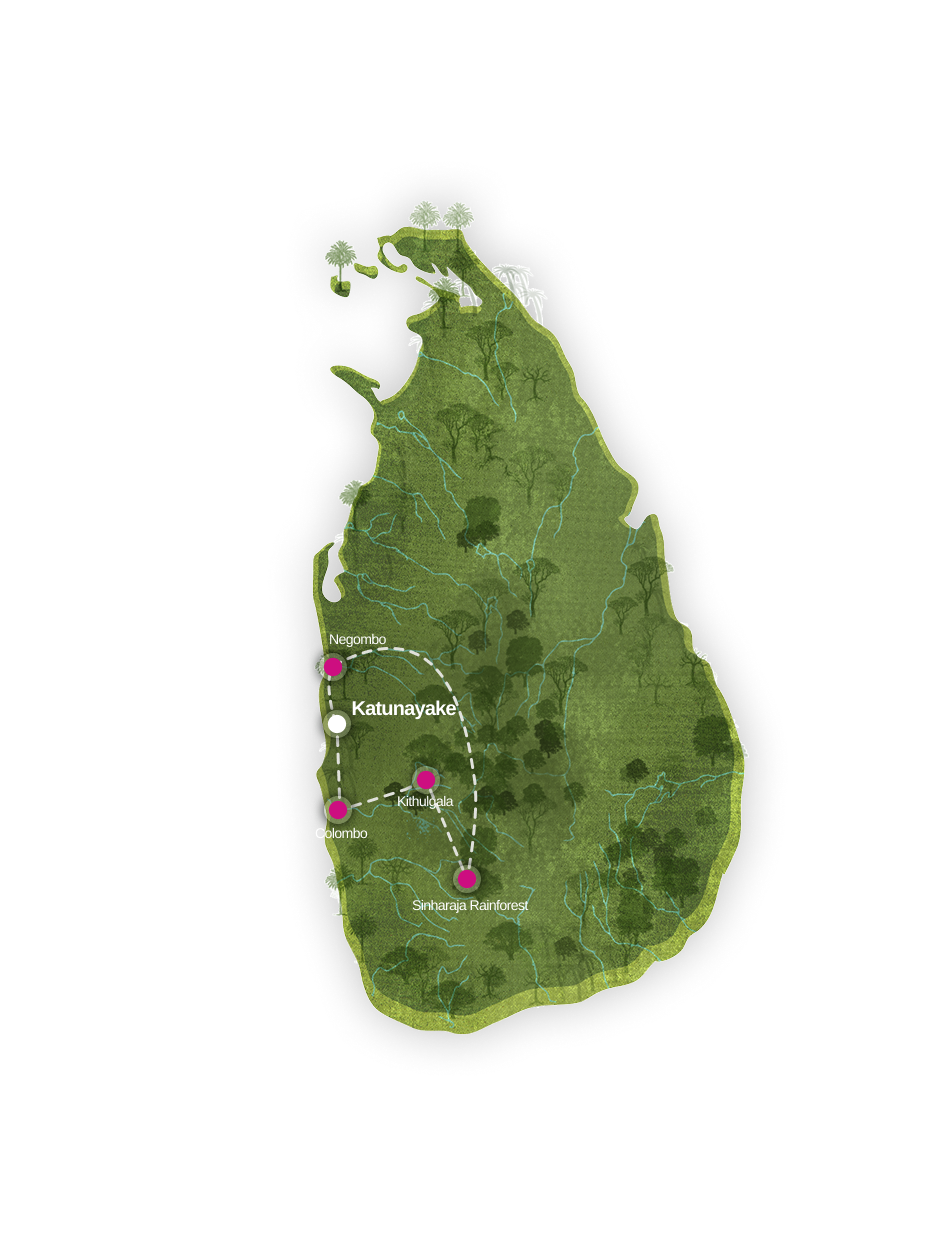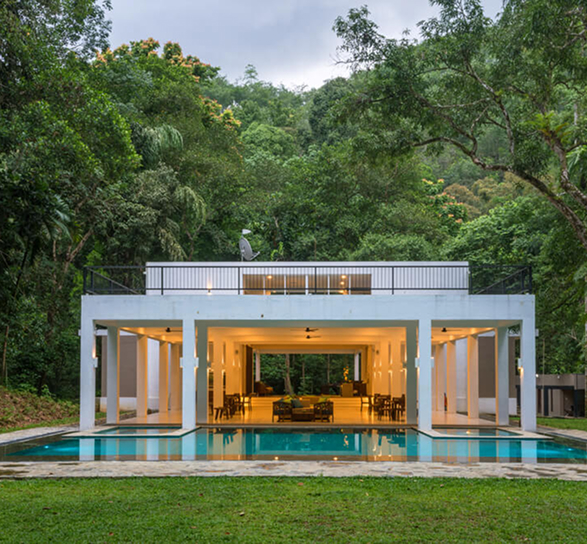Into the Jungle – 8 Days of Rainforest Birding and Nature Retreats
Into the Jungle – 8 Days of Rainforest Birding and Nature Retreats






Arrive in Sri Lanka’s bustling capital and settle into the contemporary elegance of Jetwing Colombo Seven. In the afternoon, step into a quieter world at Talangama Lake, an urban wetland teeming with life. Spot Black and Yellow Bitterns among the reeds, Watercocks in the shallows, and dragonflies skimming the water’s surface. As the sun sets, the city fades behind you, and the soft chorus of wetland birds ushers in your first taste of the island’s rich biodiversity.





Leave the city behind and ascend into Sri Lanka’s lush lowland rainforests. Your journey winds past rubber plantations and paddy fields before arriving at Rainforest Edge, a tranquil retreat overlooking the green canopy. Enjoy the evening by the infinity pool with views of misty hills, preparing for the rainforest adventures that await.





Spend a full day exploring the UNESCO World Heritage-listed Sinharaja Rainforest, renowned for its remarkable biodiversity and legendary mixed-species bird flocks. Studies here, ongoing since 1981, have revealed flocks averaging 42 individual birds, the largest of their kind in the world. Look for iconic endemics such as the Red-faced Malkoha, Sri Lanka Blue Magpie, White-faced Starling, and Scaly Thrush. Return in the evening for a magical candlelit dinner overlooking the pool and jungle canopy.










Bid farewell to Sinharaja and descend toward the Kelani River valley, arriving at the secluded Palmstone Retreat. Nestled by streams and jungle, this boutique escape is an oasis of calm. As night falls, enjoy a candlelit dinner to the sound of rushing water and the gentle rustle of the rainforest.





Venture into the lowland tropical rainforest of Kelani Valley Forest Reserve, a hotspot for elusive endemics. Here, patient observation may reward you with sightings of Sri Lanka Myna, Green-billed Coucal, Spot-winged Thrush, Sri Lanka Spurfowl, and Brown-capped Babbler. Listen for the distant call of the Red-faced Malkoha, and savor the intimate connection with nature as the day unfolds along shaded forest trails.





Travel back to the west coast, arriving in the beachside town of Negombo. Spend your final evening by the ocean, watching fishing boats return to shore, and reflecting on the serene days spent among Sri Lanka’s jungles and rivers.





Your journey through Sri Lanka’s lush heartlands concludes today. As you depart, carry with you the memory of emerald canopies, exotic bird calls, and the quiet rhythm of life deep within the jungle.
